The women’s suit, a symbol of empowerment, fashion, and elegance, has journeyed through the tides of history and emerged as an iconic piece in the wardrobe of women worldwide. From its inception to its current day iterations, the women’s suit has been both a reflection of societal shifts and a driver of change.
The Early Beginnings
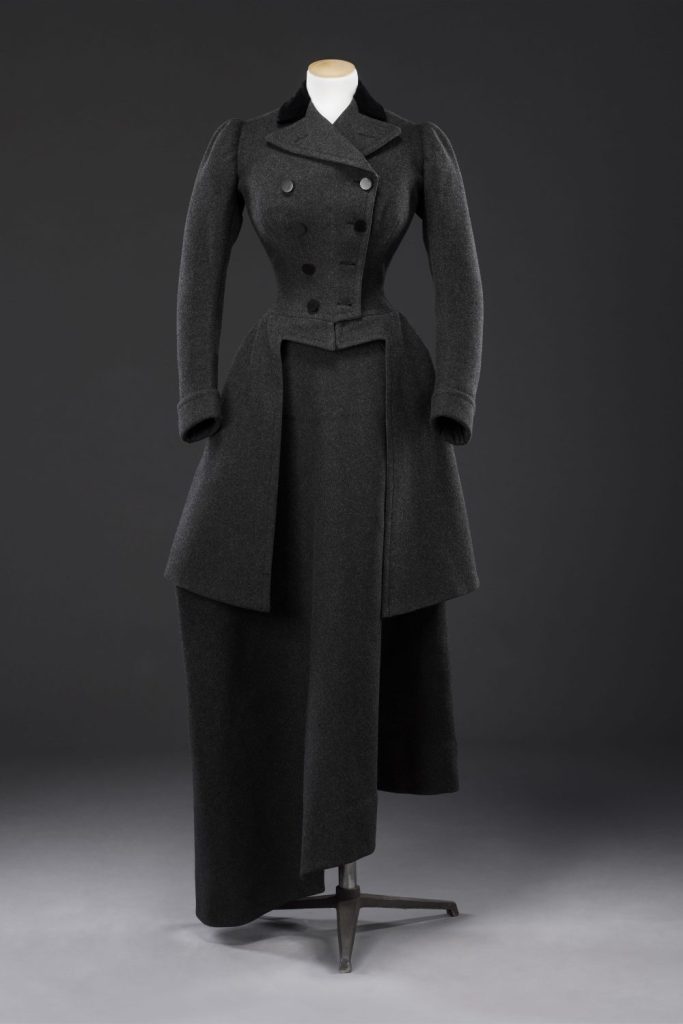
The story of the women’s suit begins in the late 19th century. During the Victorian era, women donned tailored ensembles known as “riding habits” for equestrian pursuits. These outfits, which closely resembled men’s suits, laid the foundation for what would become the women’s suit.
1920s: Breaking Molds
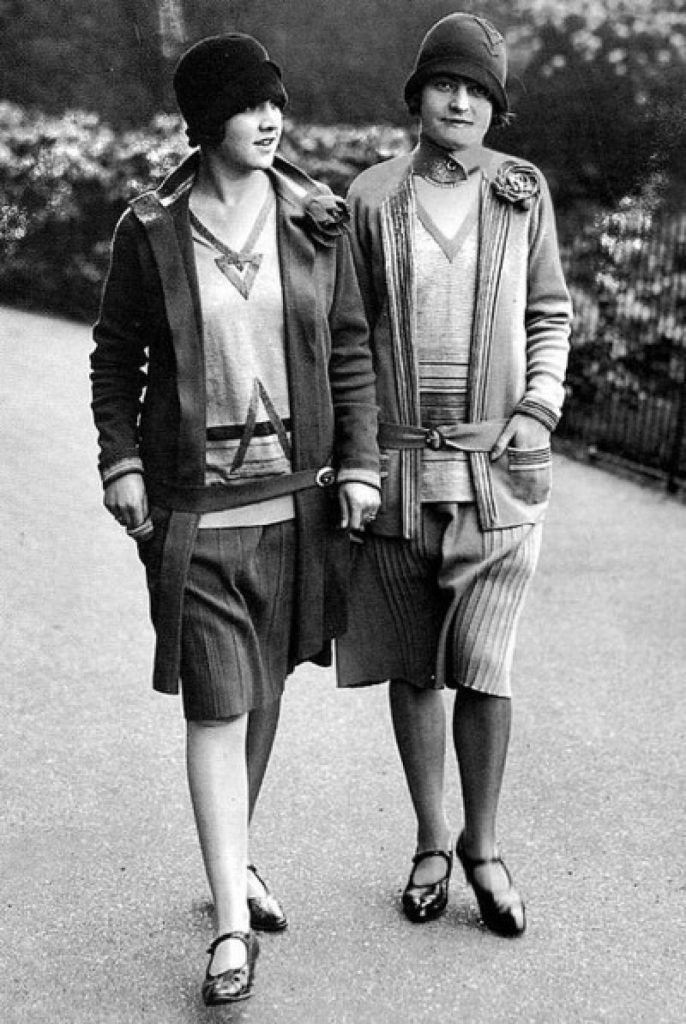
The Roaring Twenties witnessed significant changes in women’s fashion. The garconne look or “flapper” style emerged, characterized by dropped waists and boyish silhouettes. Coco Chanel, the iconic French designer, played an instrumental role during this era. Her introduction of the collarless jacket and skirt in tweed shifted paradigms and brought a fresh perspective to women’s fashion.
WWII and the 1940s: Function and Necessity
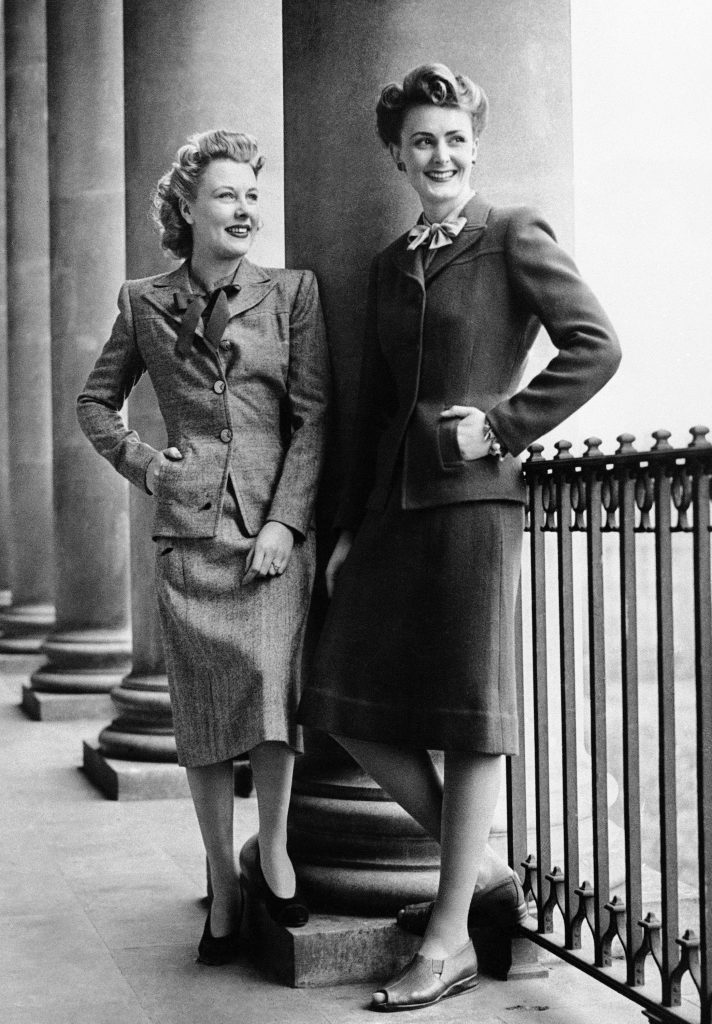
The onset of World War II saw many women entering the workforce and filling roles traditionally held by men. This transition demanded practical attire. The women’s suit, known as the utility suit, became a staple. Designed for functionality over form, these suits were typically boxy and lacked any unnecessary embellishments.
1960s-70s: Embracing Androgyny and Power Dressing
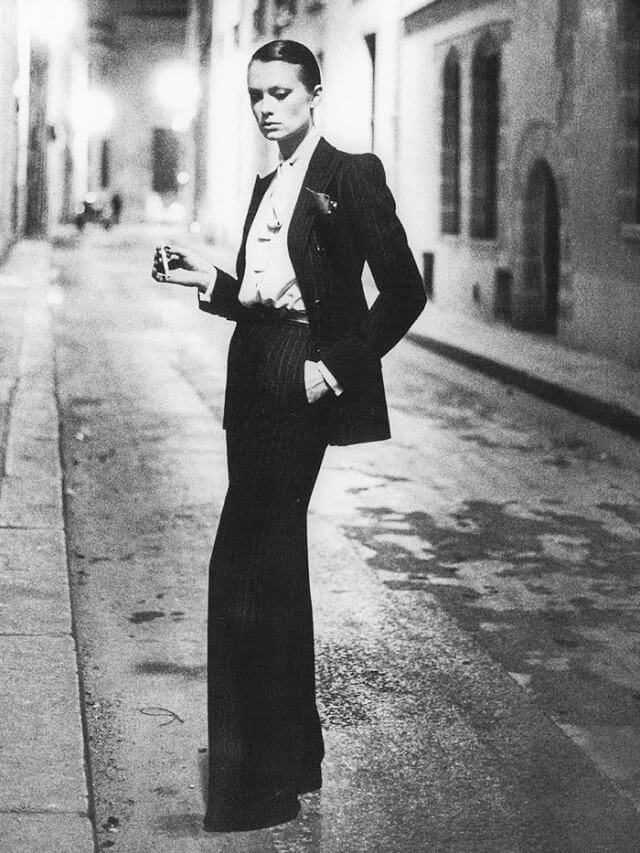
The rise of feminism in the 60s and 70s dovetailed with the evolution of the women’s suit. Designers like Yves Saint Laurent redefined the suit with the introduction of “Le Smoking” tuxedo in 1966. This design blurred gender lines and was a bold statement of androgyny and female empowerment. The 70s saw the suit become more mainstream, with wider lapels, flared trousers, and bolder prints.
1980s: Power Dressing Peaks
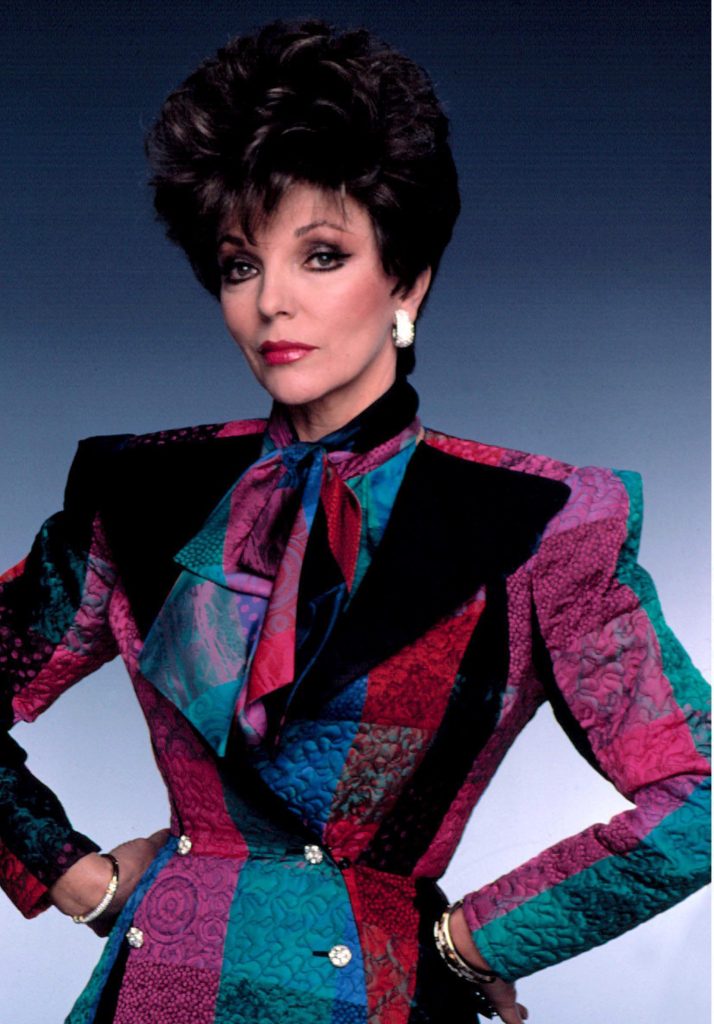
The 80s saw the birth of the “power suit”. Shoulder pads, bold colors, and sharp silhouettes became symbolic of a new era of working women climbing corporate ladders. Television shows like “Dynasty” popularized this trend.
1990s-2000s: Minimalism and Individual Expression
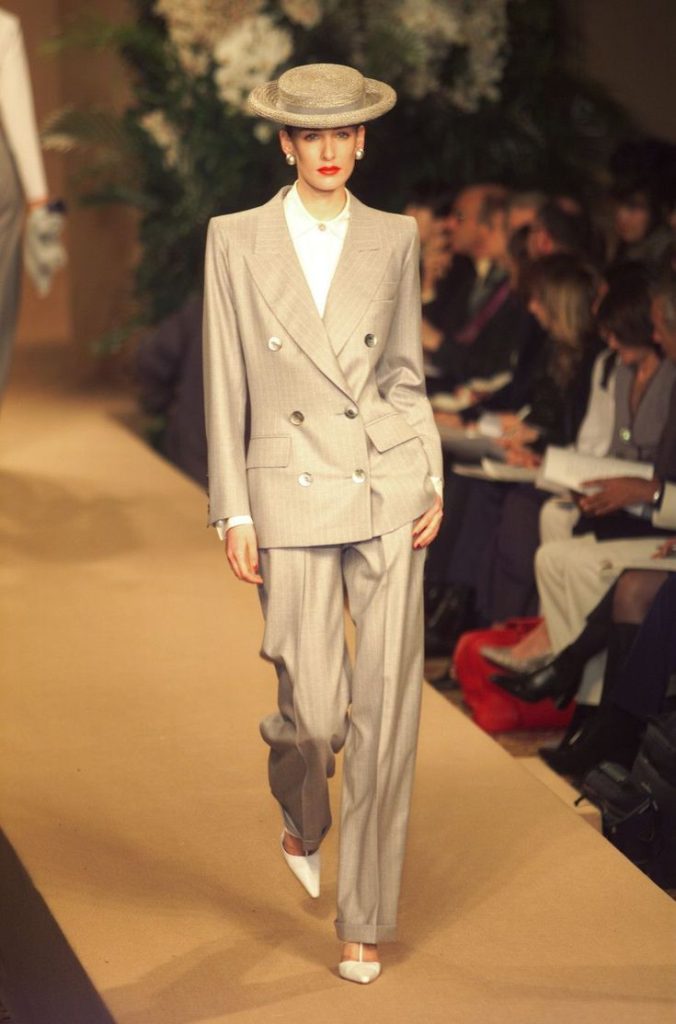
In contrast to the flashy 80s, the 90s embraced minimalism. Clean lines, neutral palettes, and simpler designs became the norm. As the millennium turned, the suit began to morph with personal styles. It was less about fitting in and more about standing out.
2020s and Beyond: The Suit Reimagined
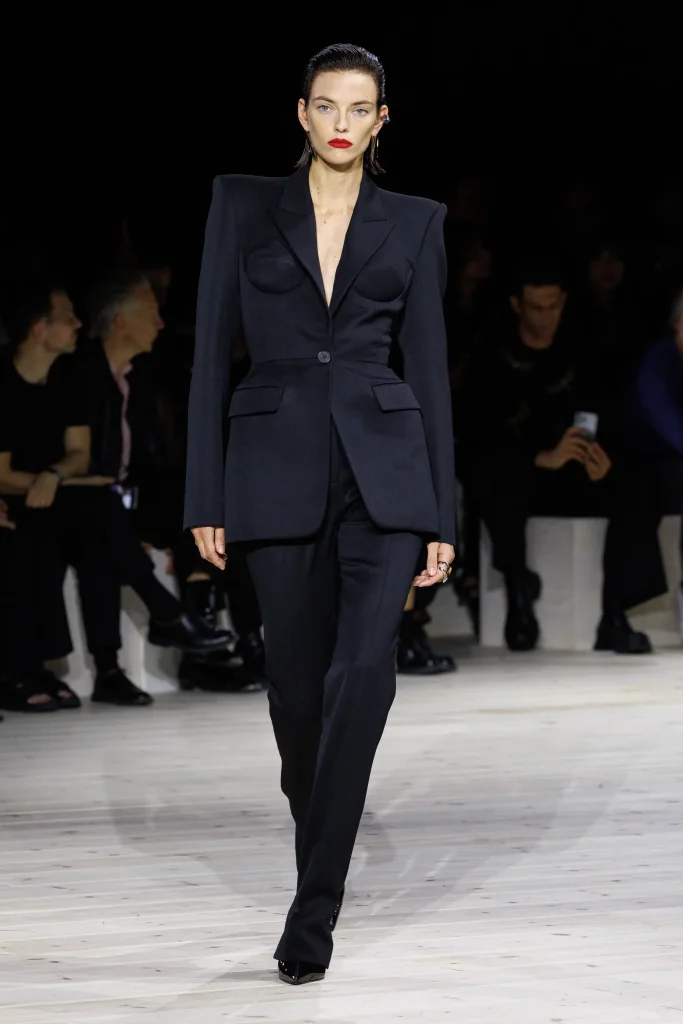
With the rise of remote work and casual workplace cultures, the traditional suit underwent a transformation. Comfort merged with style as soft tailoring and relaxed fits became popular. The suit is no longer just for the boardroom but for any occasion.
The women’s suit, from its humble equestrian beginnings to its present-day versatility, stands as a testament to women’s evolving roles and the fashion world’s ability to adapt and innovate. Today, the suit remains a powerful tool for self-expression and empowerment, reflecting the multifaceted lives of women around the globe.
